Outdoor air quality plays a crucial role in keeping your air filters in top shape all year long. Unpredictable weather and environmental changes, like pollen, dust storms, and winter freezes, can make this a challenging task. Seasonal debris such as pollen, dust, and leaves add further strain on maintaining indoor air quality.
Poor outdoor air quality can reduce HVAC efficiency, leading to higher energy usage and increased operational costs.
Whether you’re dealing with spring pollen, summer dust storms, or the winter freeze, understanding how these seasonal shifts impact your HVAC system is essential. Learn more about outdoor air quality standards from the EPA’s official site.
Spring: The Attack of Pollen and Seeds
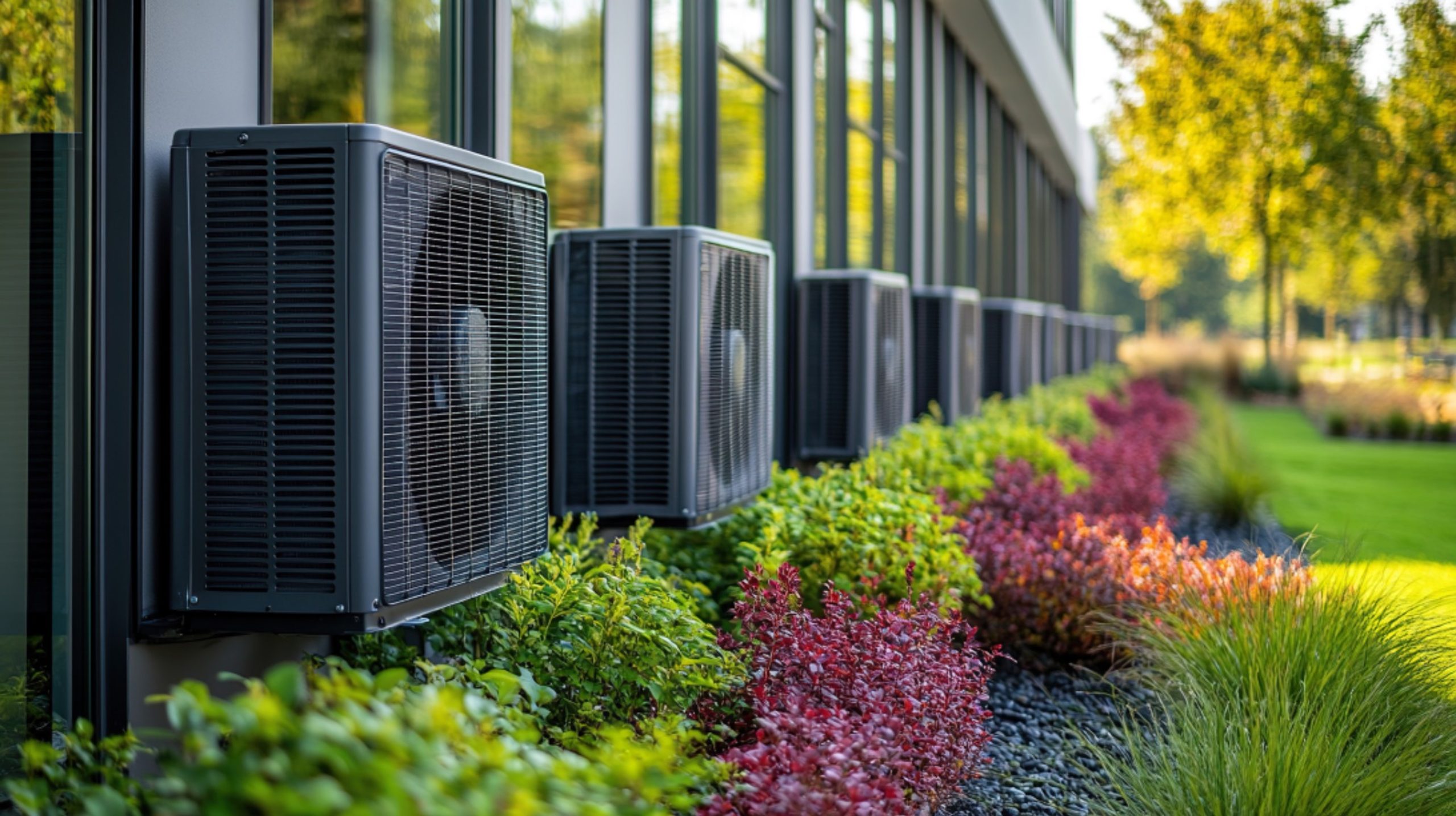
Spring is beautiful… but your filters might disagree. This season, particularly in the North and Midwest, brings an influx of pollen, cottonwood seeds, and other plant debris that can quickly clog filters.
What’s the Challenge?
Pollen from trees, grasses, and weeds floods the air, causing buildup in filters. In regions where cottonwood trees thrive, their fluffy seeds can block airflow and overwhelm HVAC systems. Flower petals and other plant debris also contribute to the clogging.
- North and Midwest: Cottonwood seeds are a major culprit, clogging outdoor units and filters
- South: Heavy tree pollen, especially from oaks, covers everything in a yellow dust that clogs filters fast
- West: Coastal regions see increased plant debris from blossoming flowers and trees, impacting filter performance
How Does This Affect Single-Use Filters?
Disposable filters clog fast when pollen and cottonwood seeds are abundant, meaning more frequent replacements and reduced air quality.
What Can You Do?
Regularly inspect your filters for pollen and debris, especially in high-pollen regions. Perform pressure drop checks to monitor performance and clean or replace your filters as needed to maintain system efficiency.
Summer: Dust, Dirt, and Fire Hazards
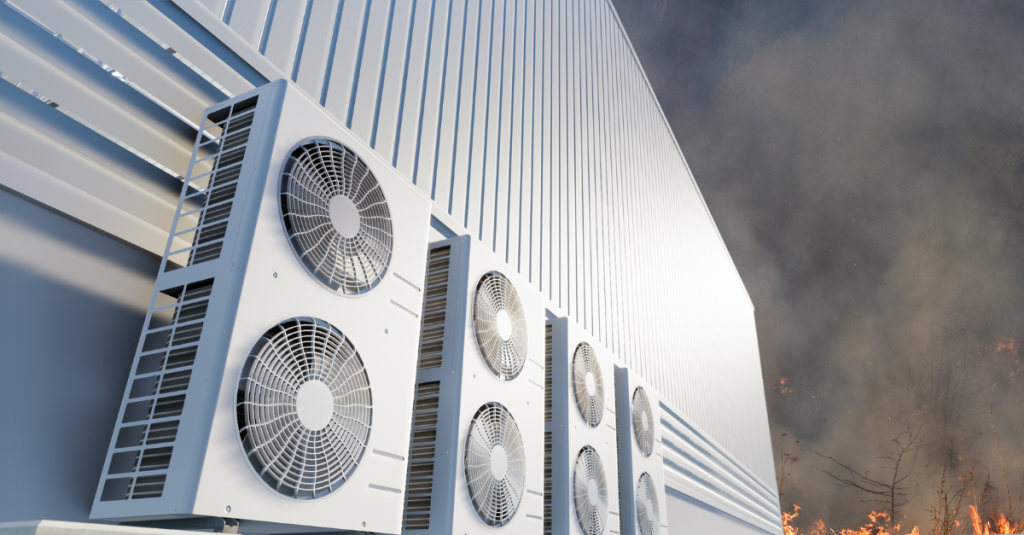
As temperatures rise, so do the winds – and with them come dust storms, increased dirt buildup, and even fire season in certain regions. The debris that enters your HVAC system during the summer can be extensive.
What’s the Challenge?
In dry regions like the Southwest, dust and dirt are major problems. Outdoor HVAC units can get clogged quickly, reducing system performance. In areas prone to wildfires (like the West), ash and smoke particles also clog filters, leading to poor indoor air quality.
- Southwest: Dust storms (haboobs) are a frequent challenge, filling filters with fine dirt and dust
- West: Wildfire season brings ash and smoke, severely affecting air quality and overloading filters
- South: High winds stir up dust and debris, clogging filters more quickly than in other regions
How Does This Affect Single-Use Filters?
Dust, dirt, and ash can overwhelm disposable filters, forcing them to be replaced frequently. Insect nests and dead bugs can also collect in outdoor units, adding to maintenance headaches.
What Can You Do?
Inspect your filters more frequently during windy, dry, or fire-prone seasons. Clean filters after heavy dust storms or fire events to remove accumulated debris. Make sure filters are properly fitted to prevent air bypass and maintain efficiency.
Fall: Debris and Organic Buildup
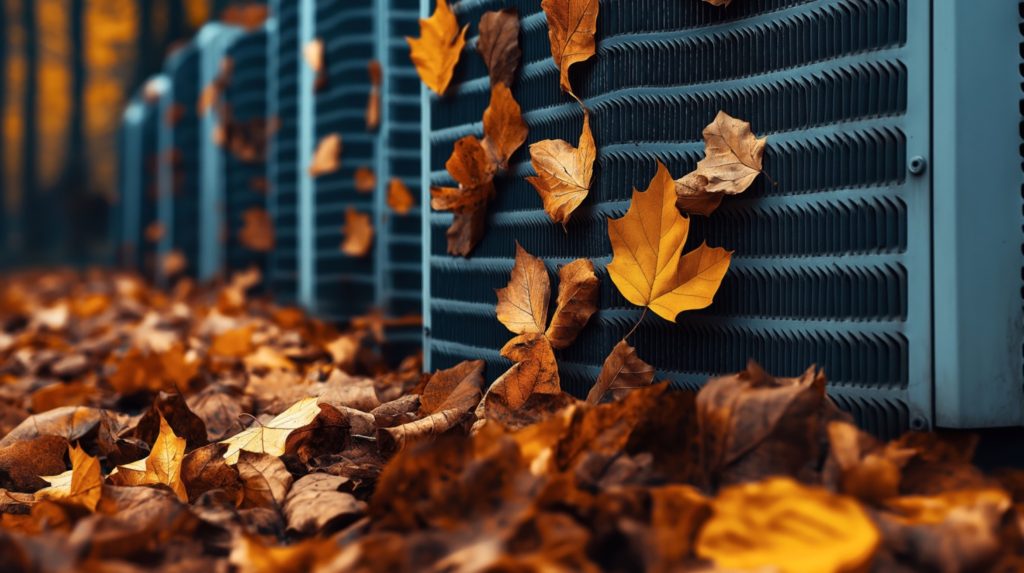
Fall might seem like a calm season, but for your HVAC filters, it’s anything but. With falling leaves, leftover pollen, and increased HVAC use, your system works just as hard as in spring and summer.
What’s the Challenge?
Fallen leaves, acorns, and pine needles can get trapped in outdoor units, especially in heavily wooded areas. Organic debris can clog filters and reduce airflow, leading to HVAC strain. Mold spores may also be present, especially in damp conditions, which further compromises filter efficiency.
- Northeast and Midwest: Falling leaves and acorns pose a big problem for outdoor units and filters
- West: Pine needles and other tree debris often clog outdoor HVAC systems
- North: Mold spores increase with damp conditions, adding another layer of debris that can clog filters
How Does This Affect Single-Use Filters?
Disposable filters clog quickly with organic debris, requiring more frequent changes. As HVAC systems ramp up during colder months, single-use filters struggle to keep up with the heavier debris load.
What Can You Do?
Conduct seasonal checks on your filters to clear out leaves, debris, and other organic matter. Perform a pressure drop check and clean your filters to prepare for increased HVAC use as the temperature drops.
Winter: Snow, Ice, and Road Salt Challenges
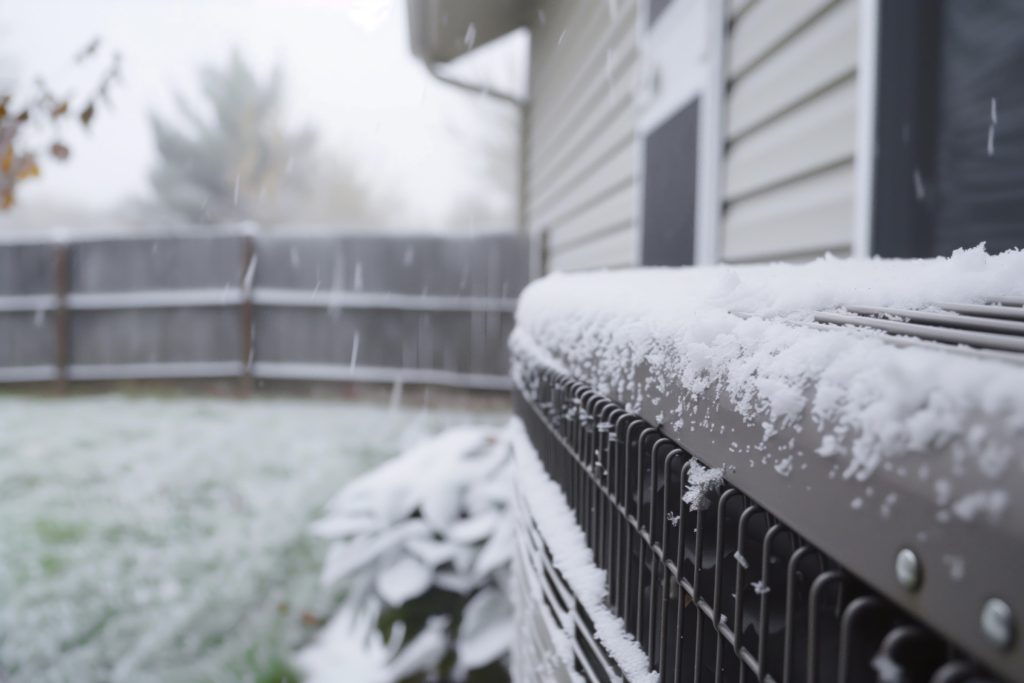
Winter can be brutal on HVAC systems, especially in regions where snow and freezing temperatures are common. And it’s not just cold air – snow, ice, and even road salt can find their way into your outdoor units.
What’s the Challenge?
Snow and moisture can cause freezing in outdoor units, leading to filter damage. Freezing and thawing cycles deteriorate the material in disposable filters, reducing their lifespan. In colder regions, road salt can corrode filters and HVAC parts if not properly managed.
- Northeast and Midwest: Snow and road salt pose significant challenges, especially for outdoor HVAC units. Road salt can lead to corrosion in disposable filters
- Northwest: Constant rain and moisture can lead to increased humidity levels, challenging HVAC systems to prevent mold growth
- South: While less impacted by snow, humid air can freeze during colder nights, potentially affecting filters in outdoor units.
How Does This Affect Single-Use Filters?
Disposable filters are particularly prone to freezing and deterioration in the winter. The material can break down, and multiple replacements are often required throughout the season due to wear from moisture and cold temperatures.
What Can You Do?
Regularly inspect your filters for snow and ice buildup. Ensure that filters are dry before reinstalling to prevent freezing issues. Post-winter, check for wear and clean filters to prepare for spring.
General Maintenance Tips: Keep Your Filters in Shape Year-Round
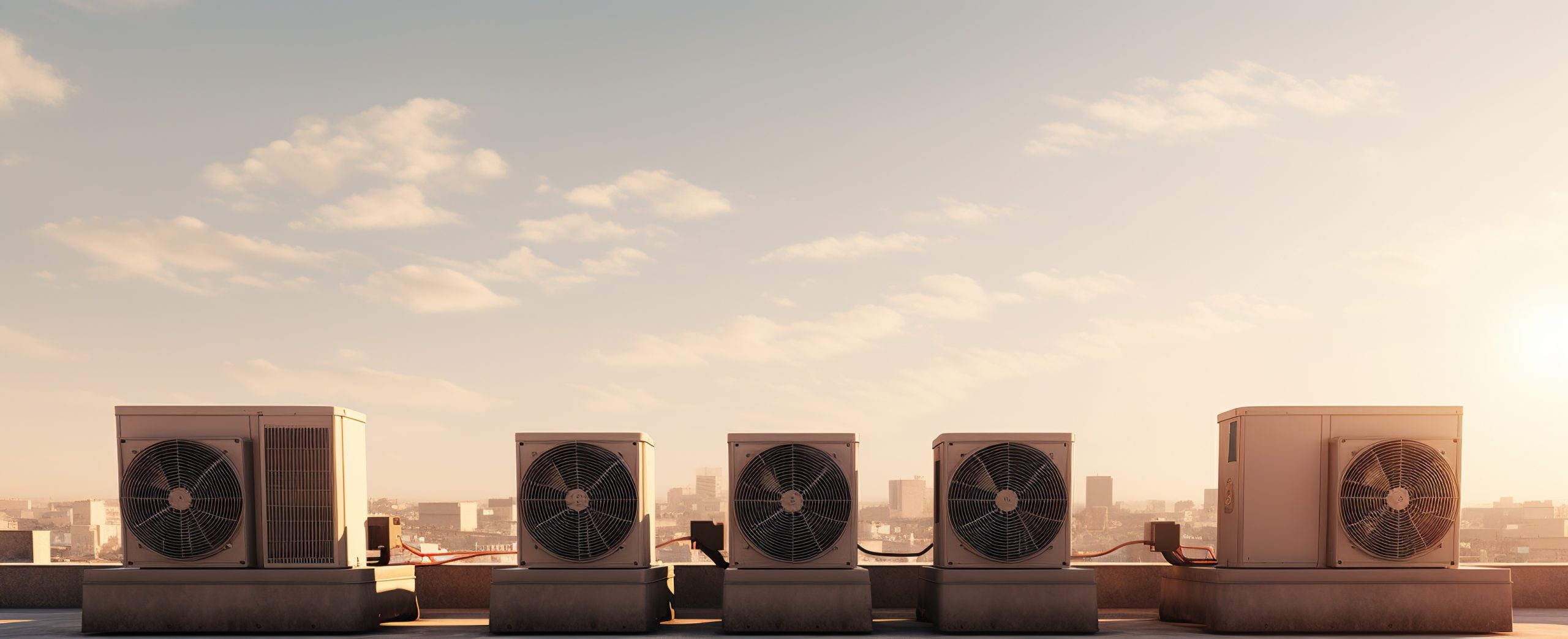
No matter the season, your HVAC system relies on well-maintained filters to keep working efficiently. Here’s how you can stay on top of it:
- Pressure Drop Checks: Regularly monitor the pressure drop across your filter to determine when it’s time for cleaning or a replacement.
- Seasonal Checklists: Prepare a checklist for each season. Make sure your maintenance team knows to look out for region-specific debris (e.g., pollen in spring, dust in summer, leaves in fall) and perform necessary cleaning or replacements.
- Post-Event Cleanups: After major events like pollen storms, fires, or dust storms, inspect your filters and clean them to maintain air quality and HVAC efficiency.
The Verdict on Single-Use Filters: Why They Fall Short
As a leading global air filter solution, K&N provides unmatched durability and sustainability throughout the seasons. With K&N filters, you’re equipped for every season.
Our filters are not only efficient but environmentally conscious, reducing landfill waste up to 90%.
While disposable filters might seem like a quick fix, they come with significant drawbacks:
- Frequent Replacements: Disposable filters need to be replaced multiple times throughout each season, adding to operational costs.
- Lower Efficiency: They struggle to handle the specific debris challenges of each season, leading to compromised air quality.
- Environmental Impact: The waste generated by frequent replacements makes single-use filters less sustainable over time.
Ready to Keep Your HVAC System Running Smoothly?
No matter the season, K&N Filters are designed to handle the toughest challenges, from spring pollen to winter road salt. Our reusable filters not only improve air quality but also reduce waste and save costs.




